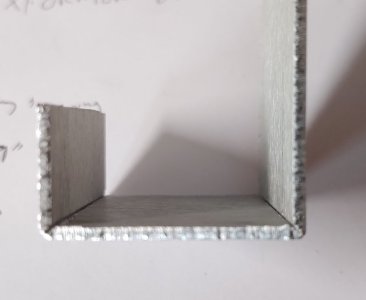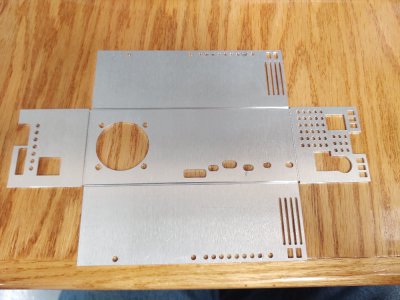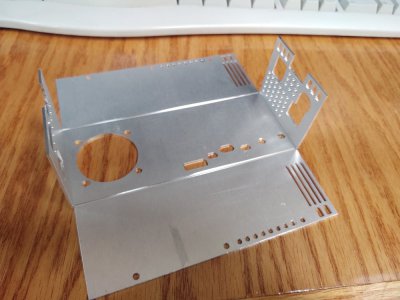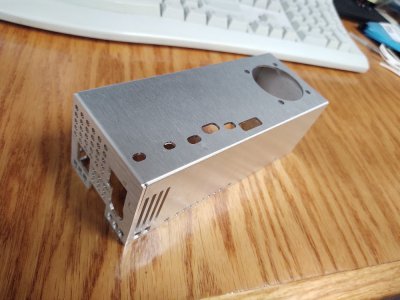- Joined
- Dec 18, 2019
- Messages
- 6,441
No. It's a basement that was dug (by hand) ca. 1875. Most of the stones are granite, from local quarries.Is that a mining town poor rock stone basement? Looks just like the one I used to have a shop in!
Just an observation - mechanical things don't do much in a microsecond, or even 10 microseconds, unless they are riding on a meteor. Don't think 100ns is a big deal at all. For what it is worth, with a little cooling, Teensys have been overclocked at 1.008 GHz, as compared to their normal 600MHz. Overclocking Teensy4.1 is an option in the Arduino IDE (V1.8.19). Apparently one can OC to 816MHz without cooling.
I tested the SW encoder at 400kHz without loosing counts. (10M count tests, multiple times) This 400kHz rate is equivalent to a spindle RPM of 5859 RPM, if I recall correctly. My chuck is rated to 2000 RPM and honestly, I'm not going to run it that fast.
Say I ran at 1200RPM, then my interrupt frequency would be 81.92kHz, or 12.21usec. Lets say the feed was on and it was 0.010"/rev, which is on the faster side. Then 1200 RPM = 20 rev/second. The Z DRO would move 20*0.010"/sec = 0.2"/sec. If the DRO resolution was 0.0002"/count then we would get 0.2"/ sec / ( 0.0002"/count) = 1000 counts per second. (1kHz) That doesn't sound to me that using the feed DRO simultaneously with the spindle encoder, both in software, will be an issue. It looks quite comfortable to me. The other DRO is typically not moving, so it has an even smaller contribution, at least in a simple ELS.
The only time the NEMA24 stepper seems to make a small whine is at 4 TPI threading. Other threads don't seem to make noise at all. The only noise I hear now is the two plastic gears that are meshing. Believe me, the metal gear noise was quite a bit louder.
Still waiting on PCBs and connectors. Then I can cable things up. So the rats nest stays. It bugs me, and it is a hazard, but need to tough it out a while. Despite that, it still cuts and feeds.






 Wow, that came out extremely nice. Thanks for showing me that. How do you vee groove the aluminum?
Wow, that came out extremely nice. Thanks for showing me that. How do you vee groove the aluminum?